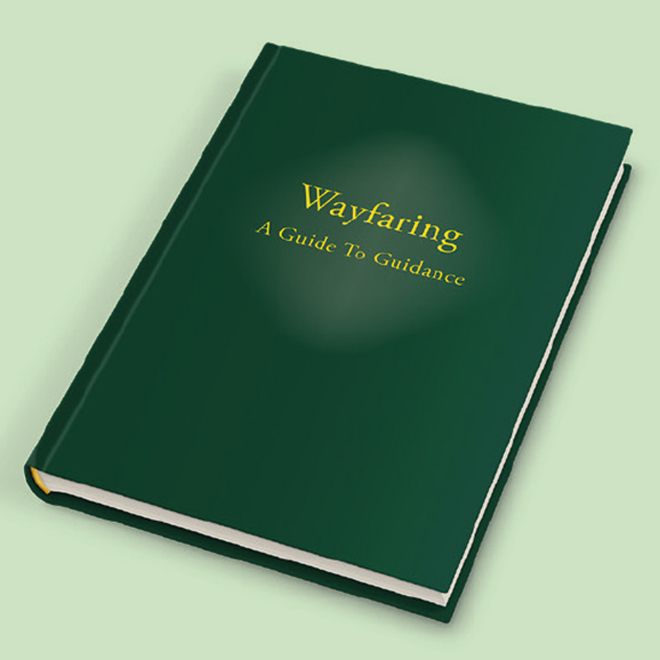Letters - 10 August 2018
From Quaker tapestry to Democracy and discussion
On the QT
We recently spent two fascinating weeks as volunteer stewards at the Quaker Tapestry (QT) in Kendal. We had noted the appeal for volunteers in the Friend and decided to apply. This procedure was very simple, mostly online, and provided all we needed to know.
Our first day there began with time to explore the tapestry ourselves in order to better help visitors to get the most from it. There followed training on managing the till, admissions, the audio guide and other aspects of the exhibition. This was all brilliantly delivered by Izzy and other members of the permanent QT team.
There was a steady stream of visitors every day, Friends and non-Quakers from across continents. Meeting them and introducing them to the tapestries was a pleasure and a privilege.
We ourselves, as relatively new Friends, learned so much more about our Quaker movement, its history, prominent Friends and entrepreneurs, and their impact on the social fabric of our country and others.
Like most guests, we were amazed at the intricacy of the tapestries, and the amazing vision and commitment of Anne Wynn-Wilson and the 4,000 people who had an input into the project.
This is an experience we heartily commend to anyone and we shall forever be grateful to the QT team and local volunteers for their support and friendship.
Kathie and John Morley
Evidence and experience
I think it would be easier for some Friends to believe in the God described by Sheila Semple (20 July) than in ‘a personal being above and beyond the world that literally created the world and intervenes in its affairs as an external agent’.
I read Sheila Semple’s article carefully and nowhere did a picture form in my mind of an entity going about its affairs, rather as we do. Instead, what she described was a presence in the world, part of its fabric, which she experienced in the first instance as love.
This reality has been attested to by many, yet many have not experienced it. That makes dialogue difficult, but compounding the difficulty by positing an entity does not advance matters at all.
When describing the source of an experience of being loved one has to resort to symbolic language. However, that is secondary to the nature of the experience and its implications for our lives.
Sheila Semple emphasises that she encountered an other, a ‘not me’. This is the nub of the matter and leads, in my opinion, to images of a person being deployed and argued over.
However, that is a bit (just a bit) like arguing over whether the gravitational force I experience every day is the result of a Being holding me down, or whether there is no such being.
Jeanne Warren
